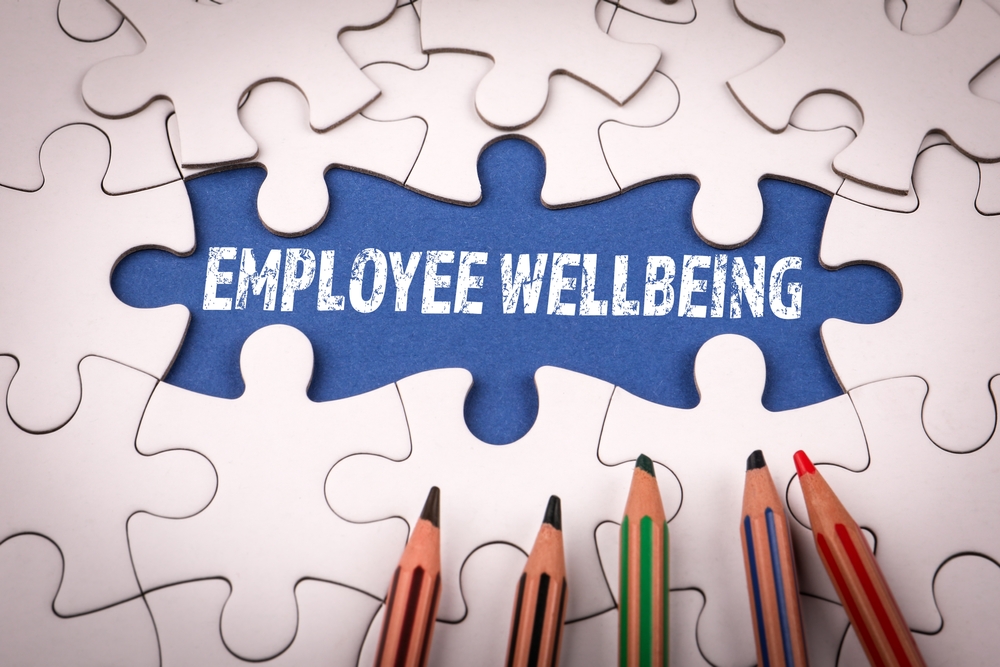What is presenteeism and why should I care about it?
If you’re a business owner, or if you are responsible for employee wellbeing in a company, understanding presenteeism should be top of your priority list. It is straightforward to know and take action when an employee is absent from work (absenteeism), and more straightforward to calculate the costs of absenteeism for your business. But presenteeism is subtle and can be far more challenging to spot and to quantify.
Presenteeism is defined as an individual being consistently present at work despite being unwell, physically and/or psychologically, and therefore not working effectively. As a result, the quality of their work and their productivity is significantly impacted. Individuals may work longer hours than is required, despite being unwell, in order to achieve their targets and to appear that they are performing. It is definitely not malingering or laziness, quite the opposite in many cases, as the employee is likely to try to overcompensate.
The numbers
The latest estimates from Deloitte suggests that presenteeism is costing UK businesses £24 billion every year. This is a far bigger cost than absenteeism and staff turnover costs. A 2020 study suggested that 57.5 working days every year are lost per employee experiencing presenteeism, due to a 25% reduction in productivity. The good news is that research also suggests that presenteeism can be effectively mitigated with early intervention and relatively simple wellbeing initiatives.
What causes presenteeism?
On an individual level, the wellbeing issues that cause us to feel unwell whilst at work very widely. They can include psychological health issues (e.g. depression and anxiety), physical health issues (particularly chronic health issues that cause chronic pain), and social/personal issues (e.g. family conflict, debt, family ill-health).
Systemically, much of the literature on this topic cites the pandemic as a significant contributing factor to rising rates of presenteeism. The reason for this is two-fold. Over the last four years, we have faced ever increasing stressors, which have taken a significant toll on our psychological wellbeing. This is coupled with a sudden rise in working from home, which has meant that we are constantly connected to our work devices. Many people receive email or MS Teams notifications on their personal phones, meaning that we are never able to switch off. Don’t get me wrong – I am not suggesting that working remotely harms our mental wellbeing, but it can make it harder for us to put boundaries around our work/life balance. I speak to people every week who admit that working from home means logging on as soon as they wake up, and then losing track of time so that they end up working late into the evening.
The cost of living crisis and job uncertainty is also a big contributing factor. Many workers are paid by the shift or by the hour, so they literally cannot afford to take time off sick. For other individuals, the workplace culture has instilled that they should be going ‘above and beyond’ by pushing themselves to work through illness. Cultures like this are usually a sign of low psychological safety in the workplace and may go hand in hand with unrealistic workloads (which, not coincidentally, is one of the highest factors contributing to burnout).
What does this look like in practice?
Presenteeism can turn into a vicious cycle, in the sense that poor wellbeing will contribute to presenteeism, but then being at work whilst feeling unwell will further contribute to poor wellbeing. So the individual signs may link to the underlying causes. For example: feeling tired, problems sleeping, difficulty concentrating, feelings of apathy, low mood, not being able to stop thinking about work.
As an employer, you might notice employees putting off tasks, showing that they are present online but not actually completing their tasks (referred to as digital presenteeism), contributing less in meetings, or working longer hours.
How can we prevent and reduce presenteeism?
- Prioritise wellbeing at work. There is not a one-size-fits-all strategy for this, but workplaces that genuinely prioritise employee wellbeing are likely to see less presenteeism.This does not mean tokenistic measures such as occasional employee engagement surveys that are not acted upon, or ‘free pizza Fridays’. Screening staff so that you can offer support earlier rather than later, has been shown to be very effective. Increasingly, workplaces are committing to holistic wellbeing strategies and should include training on stress management and resilience. Research shows that targeted group interventions offer the best return on investment (ROI) compared to universal training.
- Trust your staff. So many studies have shown that companies that offer flexible working arrangements, including 4 day working weeks, see significant increases in productivity. We respond well to autonomy and trust. If the focus in your team is on outcome and not presence, people will be able to shift their energy to getting the tasks done in the times that work for them, rather than moving their mouse around occasionally to prove they are still active online! This trust will then in turn promote better work/life balance and better wellbeing.
- Fit for purpose working policies. The policies and procedures you work in line with should be fit for purpose and updated to take into account post-pandemic working practices. If it is really hard to for me to fit medical appointments into my working day, that will present a significant barrier to me getting support in a timely manner. Equally, if my workload is genuinely unrealistic, I could be fantastic at prioritising and time management, and still never be able to get through my expected tasks within my working hours.
- Create a culture of self-care. How is a culture created? Through leadership. Through modelling. If leaders in an organization are never taking time off and never taing breaks, employees will mirror this. Compassionate leadership (and related leadership styles) advocate a good balance between firm boundaries and supporting staff. Sometimes the compassionate action is to be firm with staff around not sending emails after a certain time or supporting them to ensure they take regular leave.
What one action will you take from having read this article? Maybe it will be to start thinking about how to assess presenteeism in your workplace. Maybe it will be to take a step towards one of the solutions outlined above.






